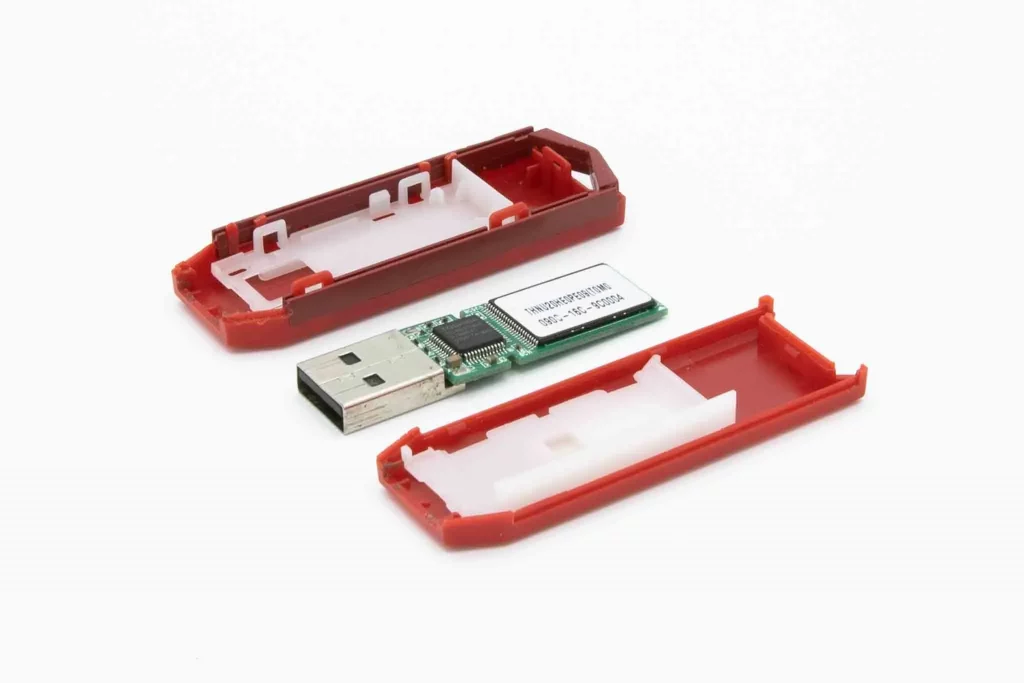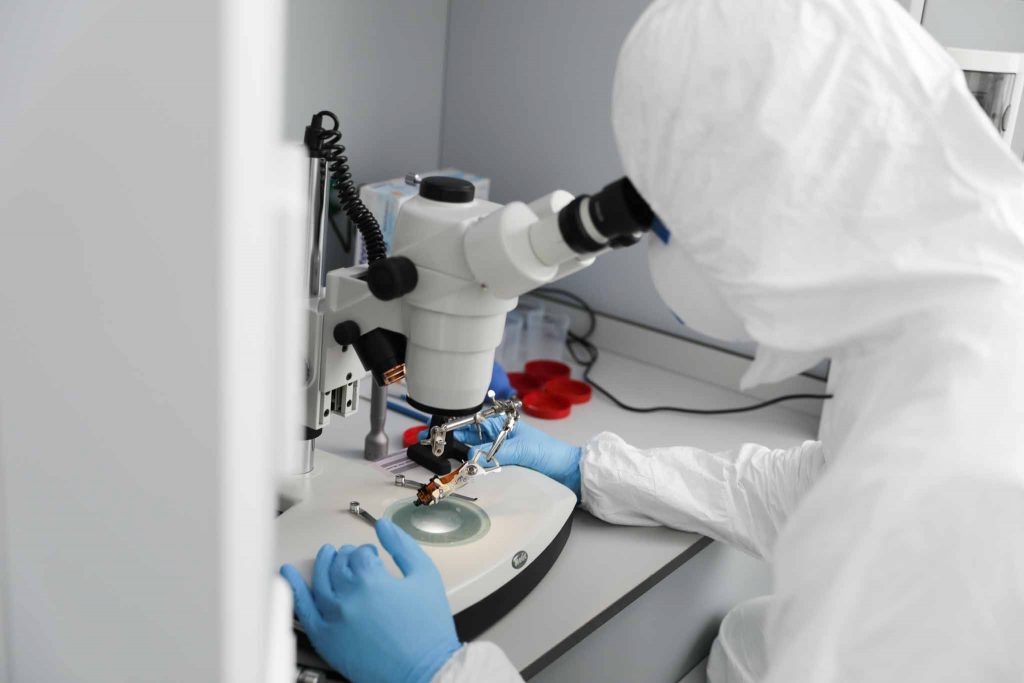Water-damaged USB flash drives can be a major headache, especially if they contain important data. Whether it was dropped in a pool, washed in the laundry, or just exposed to excess moisture, water damage can render a USB flash drive completely useless and make data recovery seem impossible.
However, with the right steps and precautions, it is possible to recover data from a water-damaged USB flash drive. Here is a guide on how to do it.
Stop Using the Flash Drive Immediately
The first step when dealing with a water-damaged USB flash drive is to stop using it immediately. Continuing to use the thumb drive can lead to additional harm and make data recovery more challenging, if not impossible. Even though it may be tempting to check if the flash drive still works, resist the urge and do not plug it into any device.
Dry the Flash Drive
After removing the flash drive from water or other liquids, gently dry it off with a soft towel. Be careful not to apply too much pressure or rub vigorously, as this could cause additional damage.
Do not use a hairdryer to dry the flash drive, as this can potentially damage the internal components. Instead, leave it in a dry place and allow it to air dry completely. Depending on the level of water damage, this may take a while to fully dry out.
Avoid Using Software for Data Recovery
Many data recovery software and plugins claim to be able to recover data from flash drives. However, using these can often do more harm than good. Liquid damage is a physical issue that software cannot fix, so it is best to avoid using any data recovery programs.
Additionally, downloading and running these programs can potentially overwrite any remaining data on the flash drive, making it even more difficult to recover.
Bring the Water-Damaged Flash Drive to a Professional Data Recovery Service
If your data is extremely important and cannot be lost, it is best to bring the flash drive to a professional data recovery service. These services have specialized equipment and expertise in recovering data from damaged drives. However, keep in mind that this option can be quite expensive.
PITS Global Data Recovery Services specializes in data recovery for water-damaged flash drives. Our team of professionals can assess the damage and provide an accurate quote for data recovery.

"*" indicates required fields
How We Recover Data from Water-Damaged Flash Drives

We use a specialized process to recover data from water-damaged USB flash drives. Many data recovery services attempt to recover data by directly accessing the flash drive’s circuit board or controller chip without cleaning the flash drive first.
Cleanroom facilities and specialized equipment are also used in the process. However, our team utilizes a different approach.
Cleaning the Flash Drive in the Cleanroom
Instead of directly accessing the circuit board, we focus on cleaning the flash drive first. Salty water and minerals can cause corrosion on the electronic components, leading to a short circuit.
Therefore, we use specialized cleaning equipment to remove any residue or debris from the flash drive’s internal components. Clean heads of the NAND chip are crucial, and we carefully clean them to ensure the best possible outcome.
After cleaning, we proceed with reading the NAND chip using a specialized flash reader adapter to coherently access the chip. This adapter is designed to work with multi-board setups, which are prone to fragmentation and data corruption if not read correctly. It has a manual TSOP48 adapter that can help align header pins properly.
Reading and Extracting Data
Once the flash drive is cleaned, our team uses specialized software to read and extract data from the NAND chip. Reading the chip ID is important to determine the controller chip from which we can read the data. We perform a direct reading method to assess the NAND structure and data placements. Once direct reading is finished, we check the Page Designer and BitView to see what the data looks like.
After that, we perform a full scan to extract data from the chip based on its internal mapping. We use advanced algorithms to rebuild the file structure and recover data on the chip. Reading the dump file enables us to extract data from the NAND chip in a logical order, which helps us avoid overwriting any remaining data.
Preparation for Remote Customer File Verification
We then carefully extract and transfer the recovered data to a new storage unit and prepare it for a remote customer file verification session. This allows our customers to verify the recovered data before finalizing the recovery process.
Once the customer has verified and approved the data, we can securely transfer it to a new flash drive or another storage device of their choice. Our team ensures that all recovered data is kept confidential and only accessible to the customer.
How to Prevent Water Damage to Your Flash Drive
Prevention is always better than cure, and this applies to protecting your flash drive from water damage as well. Here are a few tips to help prevent water damage to your flash drive:
- Keep the flash drive in a waterproof case or pouch when not in use.
- Avoid using the flash drive near liquids or in humid environments.
- Regularly back up important data from the flash drive to another storage device.
- If you accidentally spill liquid on the flash drive, follow the steps mentioned above immediately.
By following these steps and precautions, you can increase the chances of recovering data from a water-damaged flash drive and prevent future damage. Water damage may seem like a death sentence for your USB flash drive and its data, but with the right steps and professional help, it is possible to recover important files.
Remember to stop using the flash drive immediately, dry it off gently, avoid using software or plugins, and consider taking it to a professional data recovery service to enhance the likelihood of successful data recovery.
Frequently Asked Questions
What happens if water gets in a USB Flash Drive?
Water can short-circuit and harm the electronic parts of a flash drive, resulting in data access or recovery challenges. If such an accident occurs, it is crucial to stop using the flash drive immediately and follow these steps:
- Dry it off gently.
- Avoid using software or plugins for data recovery.
- Consider bringing it to a professional data recovery service.
Can I use rice to fix my water-damaged flash drive?
No, using rice is not an effective method to fix a water-damaged flash drive. Instead, consider seeking professional help from a data recovery service.
How much does it cost to recover data from a water-damaged flash drive?
The cost of data recovery from a water-damaged flash drive can vary depending on the extent of the damage and the size of data that needs to be recovered. Professional data recovery services typically provide a quote after assessing the damage to the flash drive.
Is it possible to recover data from a completely submerged flash drive?
Yes, it is possible to recover data from a completely submerged flash drive with the help of professional data recovery services. However, the success rate and cost of recovery may change depending on the extent of the damage and the type of flash drive. Act swiftly and seek professional help immediately after water damage to mitigate losses.
Will a USB flash drive still work if it gets wet?
If a flash drive gets wet, it may still work initially. However, the water can cause damage over time and make it difficult to access or recover data from the flash drive. Stop using the pen drive immediately and get professional help for data recovery.
